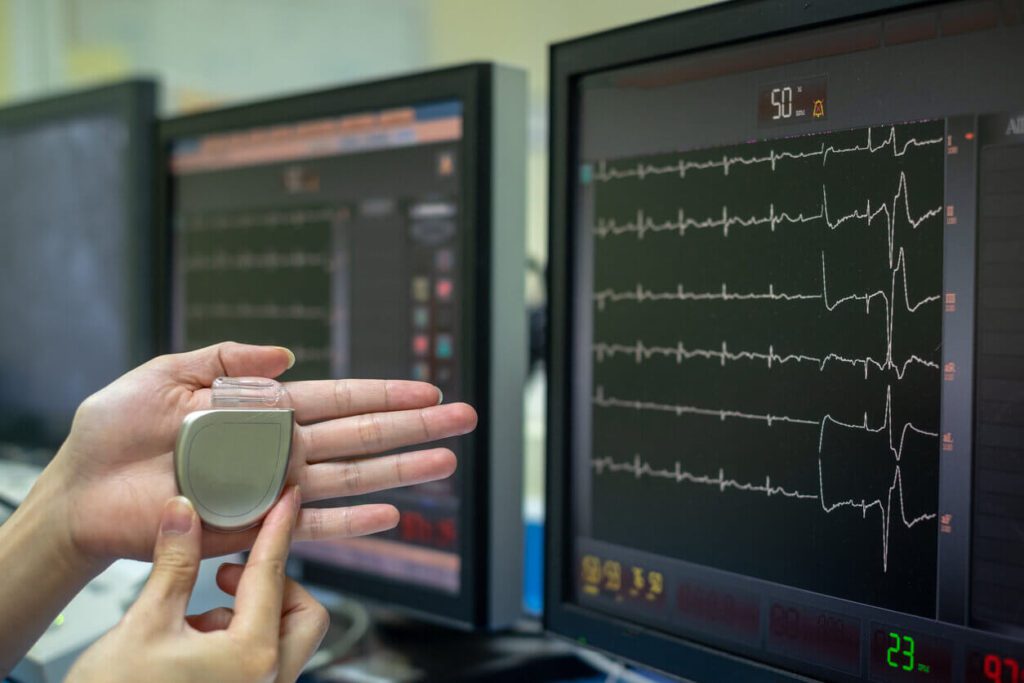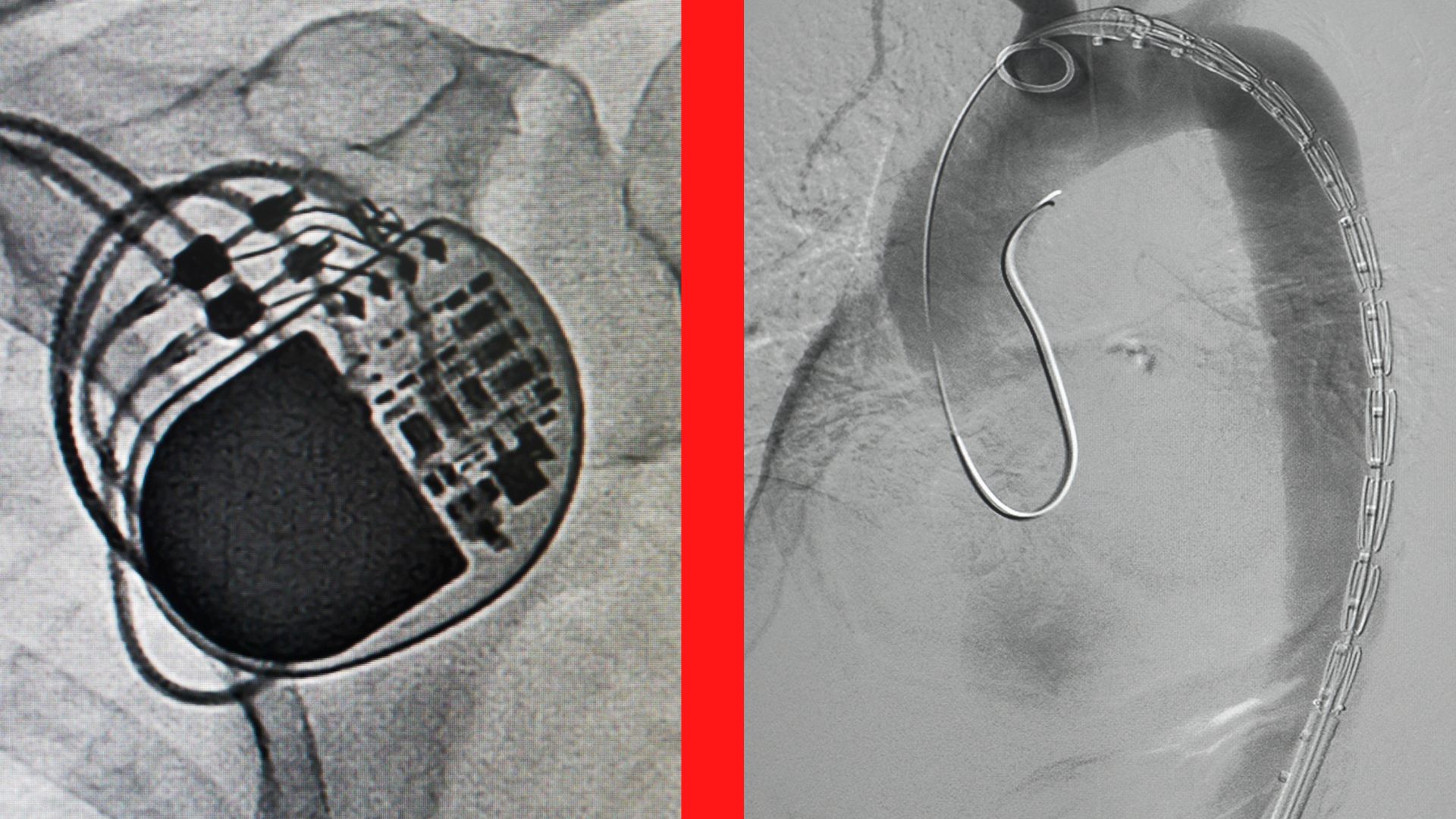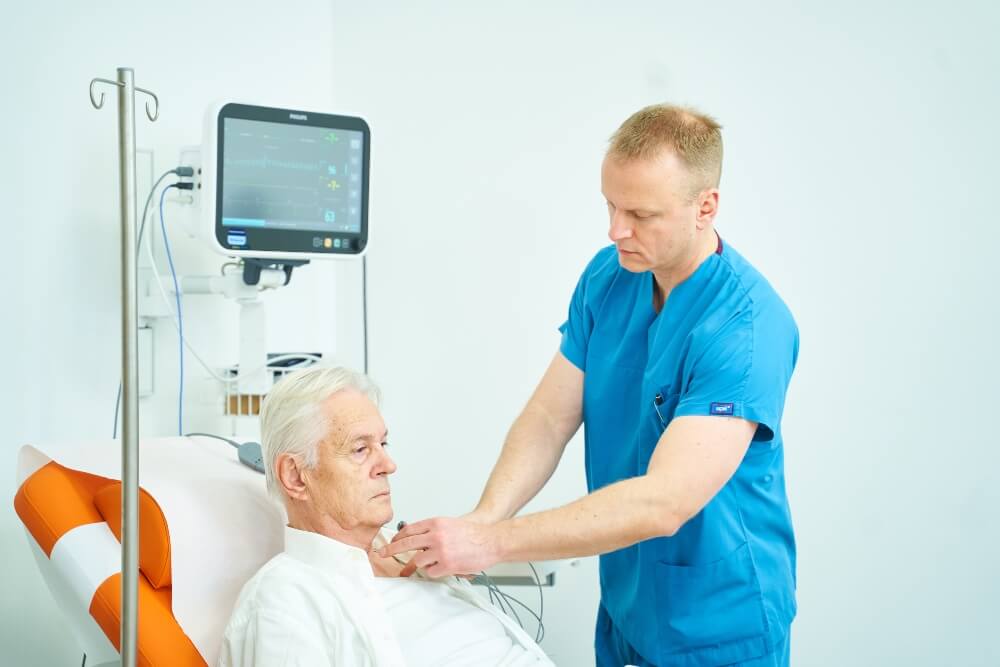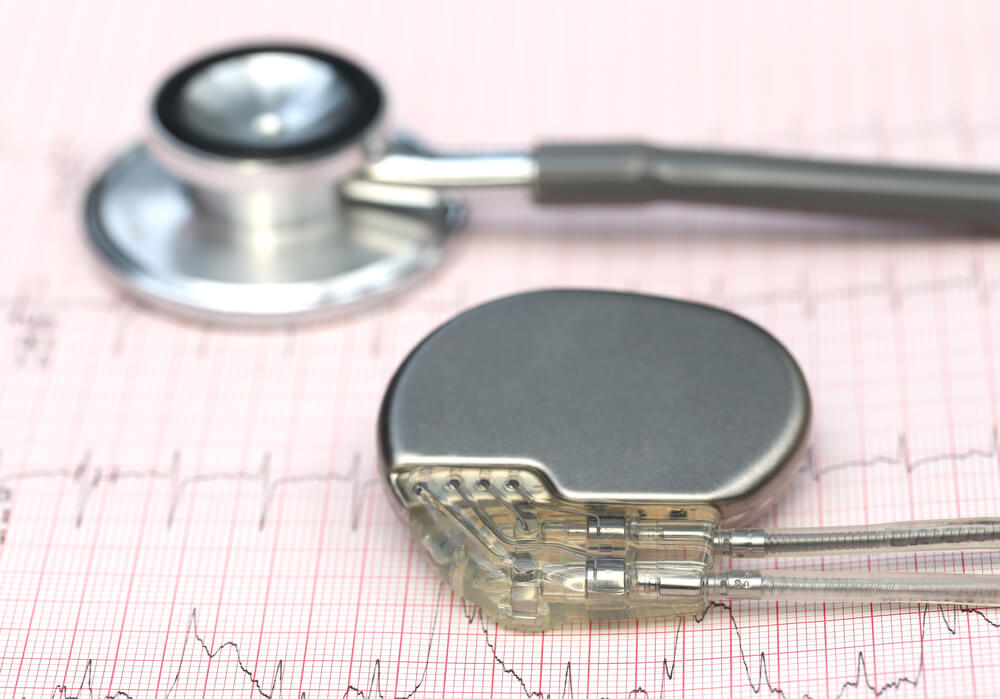If you or someone close to you is preparing for this intervention, it is good to know as much as possible about the device that saves life and makes it better.
What is a pacemaker?
A pacemaker is a device that is made up of two parts. One part represents the generator of electrical impulses, and the other part consists of electrodes, which transmit impulses from the generator to the heart. It is small, the size of a matchbox, and is designed to be implanted in the chest area, under the skin. Thanks to it, it is possible to maintain the ideal number of heart beats per minute, which is about 70.
Its importance for a person with heart problems is enormous!
New generations of pacemakers are so advanced and sensitive that they are easily adapted to each patient. They are more reliable than ever, and implanting a pacemaker is now considered a routine procedure that takes about an hour.
In Serbia, over 4,000 pacemakers are installed annually, and at the global level, that number is many times higher.
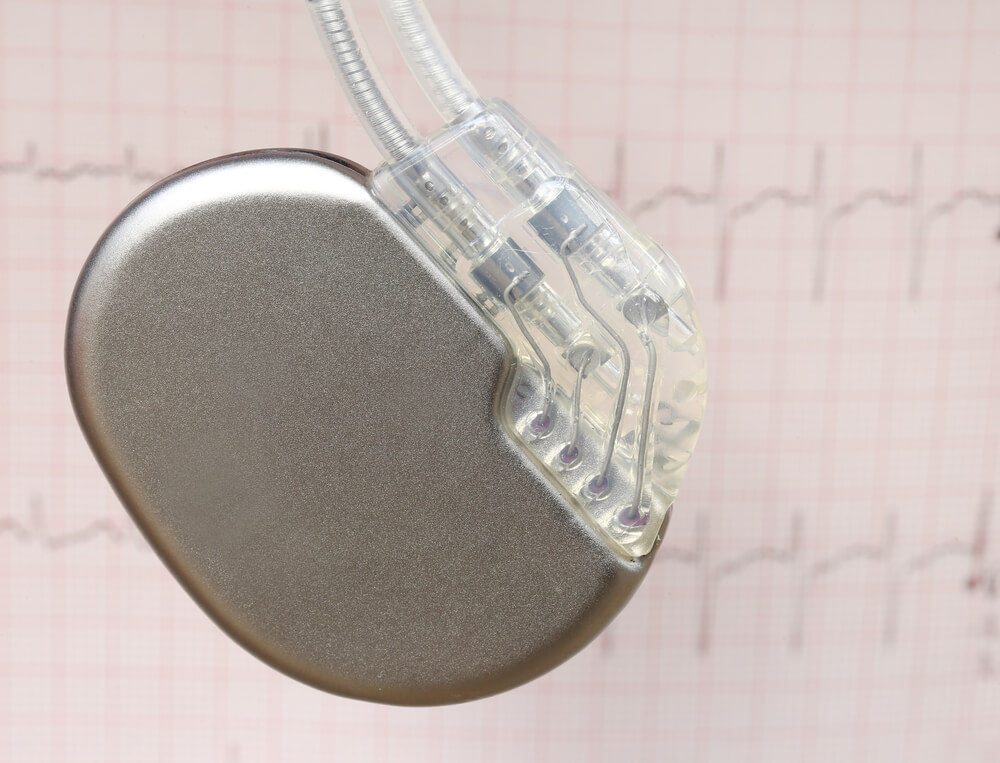
When should a pacemaker be implanted?
When there are problems with the electrical activity of the heart, regardless of whether it is tachycardia (fast work) or bradycardia (slow work), it is possible to implant a pacemaker. Of course, the decision on this is not made by the patient, but exclusively by the cardiologist who monitors your condition. Sometimes adequate therapy will be the solution, and sometimes it will be this device.
The best cardiologists in the country make up the team of doctors at Pulse Cardiology Center. With us, you can perform all diagnostic analyses, as well as this intervention without a long wait, because problems with the heart always require a quick reaction.
Types of pacemakers
Pacemakers that correct a slow heartbeat (antibradycardia pacemakers)
A slow heart rate and cardiac arrest can be life-threatening for the patient. When the stoppage is longer, then the brain is also longer without the necessary nutrition, so it can suffer damage.
Symptoms of bradycardia are fatigue, fainting, dizziness, and loss of consciousness. It is important to point out that these symptoms appear even when the patient is walking on a flat surface and is not exposed to any particular effort.
Bradycardia needs to be diagnosed and treated as soon as possible.
Pacemakers to stop malignant cardiac arrhythmias (cardioverter defibrillators)
This type of pacemaker makes it possible to stop malignant arrhythmias, but not to prevent their occurrence. Antiarrhythmic drugs are responsible for that part, drugs that should reduce the likelihood of these uncontrolled heartbeats.
The cause of a high heart rate can be various conditions and diseases, but it is extremely dangerous when the number is between 180 and 260 per minute. Such a patient needs urgent help, because he cannot tolerate this condition for a long time. If it doesn’t get help, the heart stops working as a pump and other parts of the body stop being nourished.
A pacemaker implanted for these problems can distinguish between a fast heartbeat that is not life-threatening and one that is and stop it and allow the heart to work normally.
There are two ways a pacemaker can stop a dangerous rhythm:
- Electrostimulation – the patient often does not feel this, he can feel the symptoms of tachycardia, which include fainting and shortness of breath.
- Electroshock – a person really feels this as a very strong blow in the chest area.
- Pacemakers to correct heart failure (resynchronization pacemakers)
The resynchronization pacemaker is a type suitable for patients who have certain heart weaknesses, where there is electrical asynchronous stimulation of the left and right ventricles, which further leads to mechanical asynchrony, which weakens the heart as a pump.
This device enables synchronous stimulation of the left and right ventricles. In most patients, it will lead to some degree of recovery from heart failure, and in some, recovery will be complete.
In any case, it will improve the quality of life of the person who has it implanted.
How it’s performed: Pacemaker implantation
The installation of this device has grown into routine procedures that take place under local anesthesia. At the Pulse Cardiology Center, implantation intervention is performed in specially equipped Cath-labs, and the doctors who perform the procedure have enormous experience!
If you need a more detailed explanation of the intervention and if you are looking for the best place where you could get quality and fast service, schedule an appointment with one of our specialists. Until then, you should know that the device is installed on the left side, usually under the collarbone. For that, prepare a special space, that is, a pocket in which it will be placed.
The doctor places the electrodes through the veins to the appropriate ventricles and atria. Everything will depend on the problem the patient has. They are attached to the heart muscle when it is determined that everything is fine. The duration of this procedure is about an hour, with the fact that when it comes to a pacemaker that affects both the left and right ventricles, it can last longer.
You will be at home already tomorrow, and only the specialist who performed the procedure can tell you how often you will come for check-ups.
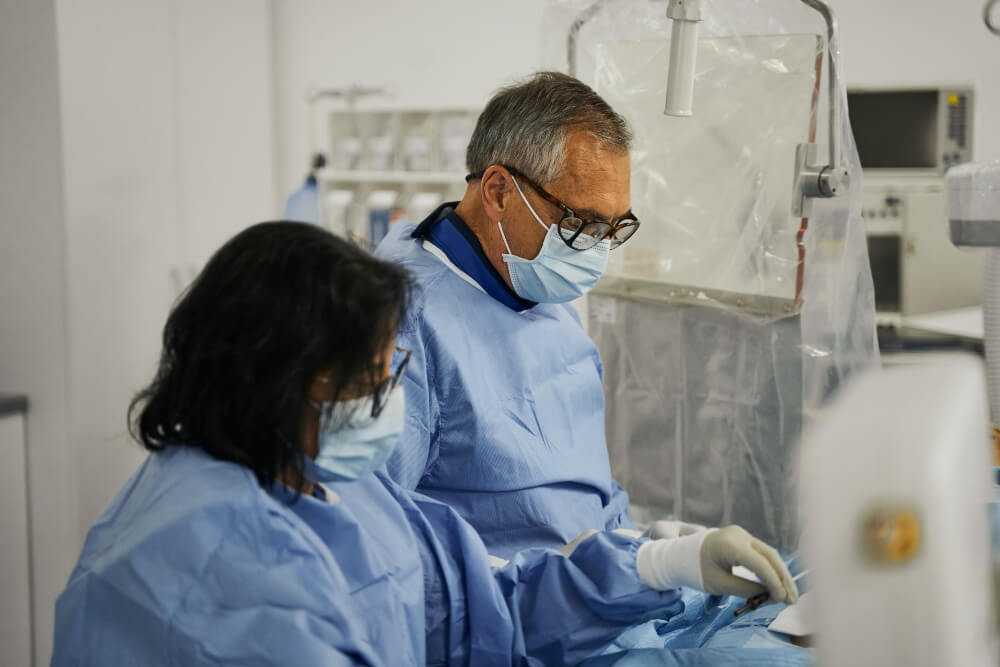
Complications after pacemaker implantation
Complications are possible after any procedure, even the simplest ones, and this is also the case after heart surgery. However, they are quite rare in this situation, and more serious consequences that can threaten life are especially rare.
We will tell you what can happen after the procedure of installing this device, but none of this should be decisive for your decision to agree to the operation.
It is much more likely that you will not feel any of the complications after the pacemaker, and your life with it can be much more carefree and better.
- Bruising (hematomas) – there is a possibility that you will notice bruising at the implantation site after the procedure. This is the most common complication, but you should not be afraid and you should not treat it yourself in any way. You can report this to a doctor, but most often the bruise goes away on its own.
- Infection – sometimes it can happen that the wound becomes infected within a few weeks after the intervention. If you see swelling, redness and notice that you have a high temperature, there is a high probability that it is an infection. In that situation, you should not panic and solve the problem yourself, consult a doctor and he will easily treat and solve the problem in hospital conditions.
- Ruptures – that is, ruptures of the lung tissue and the heart are among the rarest problems that can occur, but they can also be solved so that the patient does not feel the consequences afterwards. It is only important that the problem is treated by a professional because hospital conditions and professional supervision are necessary.
A pacemaker is a miracle of technology whose purpose is to improve the lives of people with serious heart problems. Having one doesn’t have to limit you in any way. The only thing that can happen to you is that when you pass through the metal detector you cause it to beep. You can use all devices, and thanks to the development of technology, there are now magnets and other recording devices for which the pacemaker is not a problem, so you can freely go to those examinations as well.
This procedure is one of the most common that we do and we can boast of great success and good feedback from our patients. Make an appointment with one of the cardiologists from our team.
A pacemaker gives you a second chance at a good life – take advantage of it!

